Classification: K-Nearest Neighbors
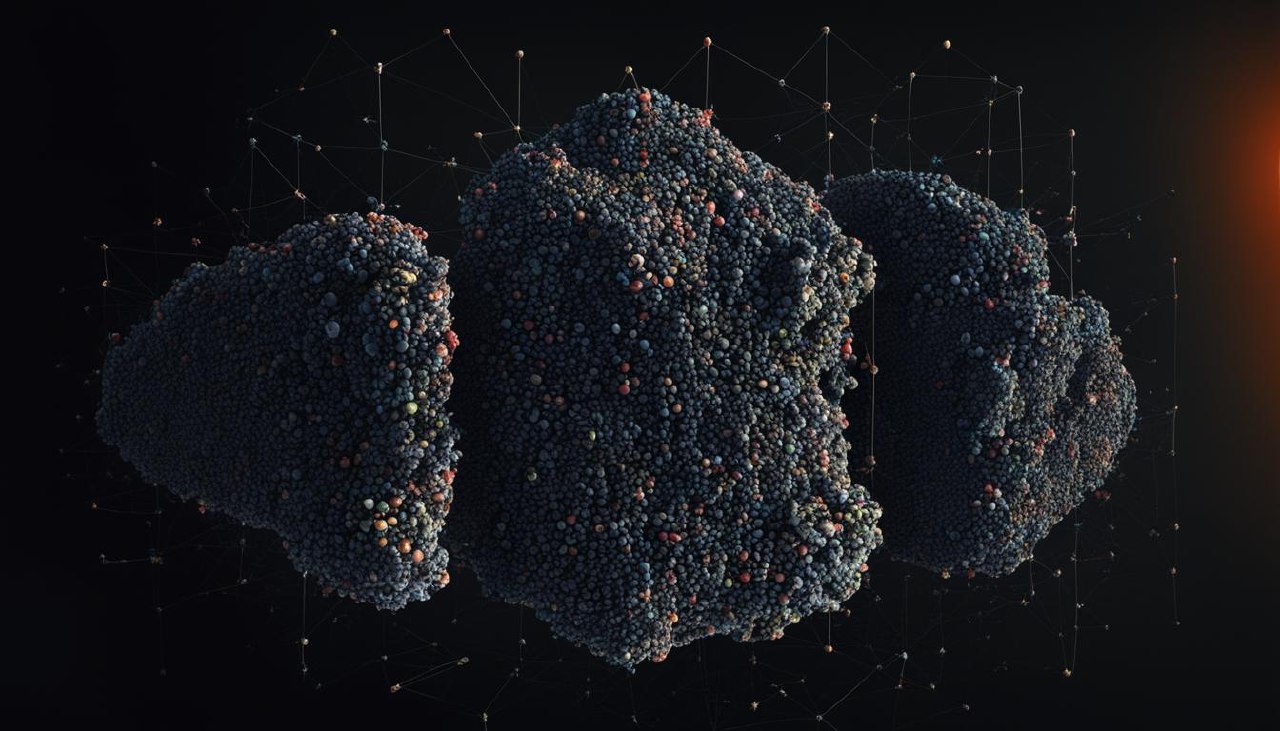
In machine learning, the k-nearest neighbors algorithm (k-NN) is a straightforward and intuitive method for classifying objects based on the classes of their nearest neighbors in a feature space. The main idea behind k-NN classification is that similar data points are close to each other in the feature space.
How Does k-NN Work?
Training Phase:
- In the training phase of the k-NN algorithm, it stores all available data points with their labels.
Prediction/Classification Phase:
- To classify a new observation/data point, the algorithm calculates its distance to all other data points.
- It then selects the 'k' closest data points (nearest neighbors) based on some distance metric, commonly Euclidean distance.
- The majority class/label among these 'k' neighbors is assigned to the new observation.
Hyperparameter Selection:
- Choosing an appropriate value for 'k' is critical in k-NN classification as it directly affects model performance.
Distance Metric:
- Euclidean distance or Manhattan distance are popular choices for measuring distances between data points.
Decision Boundaries:
- Decision boundaries in k-NN are nonlinear and depend on different values of 'k'.
Scalability:
- One drawback of using k-NN is its scalability when dealing with large datasets since it needs to calculate distances from all data points.
Pros and Cons
Pros:
- Simple and easy to understand.
- No training phase involved; predictions can be made instantly.
Cons:
- Computationally expensive during prediction, especially with large datasets.
- Sensitivity to irrelevant features can result in lower accuracy.
Use Cases
Handwritten Digit Recognition: Recognizing handwritten digits by comparing them with known images.
Recommendation Systems: Recommending items based on users' ratings and preferences compared to those of similar users.
Anomaly Detection: Identifying outliers or anomalies by examining their proximity to other normal instances.
Medical Diagnosis: Classifying patients into different disease categories using their medical records and lab results.
Implementations
Popular libraries such as scikit-learn in Python provide efficient implementations of k-nearest neighbors that make it easy to apply this algorithm on various datasets while experimenting with different hyperparameters.
This overview should give you a good understanding of how classification using k-nearest neighbors works along with its advantages, disadvantages, use cases, and practical applications!
Sponsored
Sponsored
Sponsored
Explore More:

Model Evaluation and Selection
Topic model evaluation and selection are crucial steps in the process of building...

Feature Engineering
Feature engineering is the process of selecting, creating, and transforming features (inputs) in...

Natural Language Processing (NLP)
Natural Language Processing (NLP) is a subfield of artificial intelligence that focuses on...
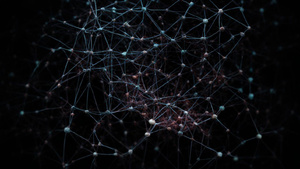
Neural Networks and Deep Learning
Neural networks are a class of algorithms modeled after the human brain's neural...

Reinforcement Learning
Reinforcement learning is a branch of machine learning concerned with how intelligent agents...

Dimensionality Reduction: Autoencoders
Autoencoders are a type of artificial neural network used for learning efficient representations...

Dimensionality Reduction: Factor Analysis
Factor analysis is a powerful technique used in the field of machine learning...
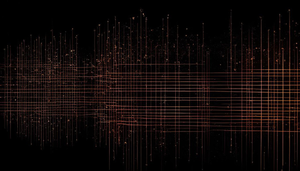
Dimensionality Reduction: Independent Component Analysis (ICA)
Independent Component Analysis (ICA) is a dimensionality reduction technique commonly used in machine...

Dimensionality Reduction: t-Distributed Stochastic Neighbor Embedding (t-SNE)
Dimensionality reduction is a fundamental technique in machine learning and data visualization that...

Dimensionality Reduction: Principal Component Analysis (PCA)
Principal Component Analysis (PCA) is a popular dimensionality reduction technique used in machine...
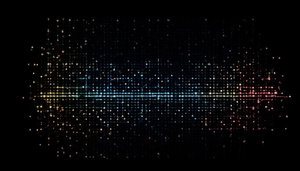
Unsupervised Learning: Dimensionality Reduction
Unsupervised learning dimensionality reduction is a crucial concept in machine learning that deals...
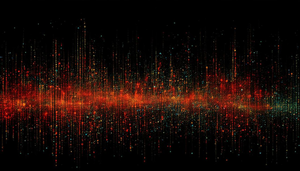
Clustering: Gaussian Mixture Models
Clustering is a fundamental unsupervised learning technique used to identify inherent structures in...

Clustering: DBSCAN
DBSCAN (Density-Based Spatial Clustering of Applications with Noise) is a popular clustering algorithm...

Clustering: Hierarchical Clustering
Hierarchical clustering is a popular unsupervised machine learning technique used to group similar...
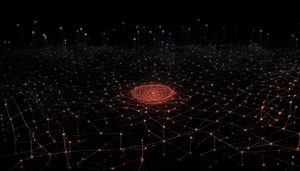
Clustering: K-Means
Clustering is an unsupervised machine learning technique that aims to partition a set...

Unsupervised Learning: Clustering
Unsupervised learning clustering is a fundamental concept in machine learning that involves identifying...